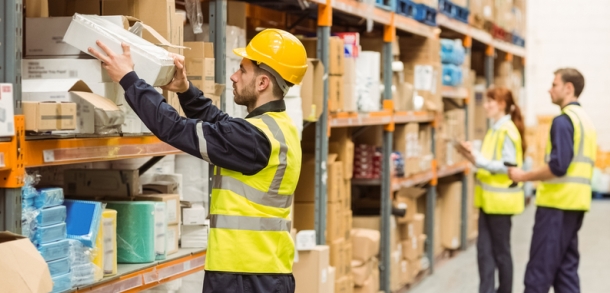How inflation affects the predictability of consumer behavior
Consumer behavior is (usually) highly predictable. Consumption is habitual. However, some events disrupt behavior and consumption, like the pandemic. Those shifts in behavior greatly impacted supply chains and warehouse space and today it is still a real problem. Currently, inflation is a hot topic and is making consumers think twice about their spending.
How does inflation affect consumer behavior exactly? The budget constraint model used by economists illustrates the possibilities for consumer behavior changes.
The consumer has a choice between purchasing two goods with a set amount of buying power. A price increase in one would reduce the quantity of the other good able to be purchased. Consumers consider trade-offs such as these at the original prices and their preferences, based on the highest utility provided, predict their normal buying behavior. Once a price increase is introduced, the preference is based on a new budget constraint.
The typical response is to consume less of a higher-priced product. This is the substitution effect. This occurs when a price changes and this incentivizes the consumer to purchase less of a good with a relatively higher price and more of a good with a relatively lower price. The buying power of income has been reduced – the income effect.
Humans are unique so there is always a range of possibilities for consumer behavior when facing price increases on consumer goods. The budget constraint model for making utility-maximizing choices can help manufacturers of goods determine this range, thus the impacts on sales.
Inflation accelerated unexpectedly to 8.6% in May, the largest annual increase since 1981 – according to the US Labor Department. The supply chain, rising rents, high cost of commodities – inflation is expected to remain high through 2022. Predicting consumer behavior today is much more difficult than ever before.
KTI Ltd provides food-grade, flexible storage solutions to manufacturers with multiple locations in the southeastern United States. Customized solutions with flexibility allow our customers to scale up and down as needed, based on changing or seasonal demand. Visit our website for more information: https://www.ktiltd.com/test/warehouse





